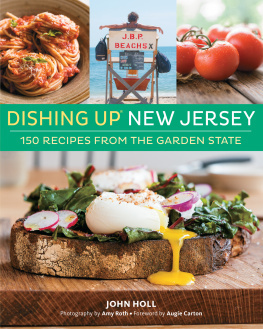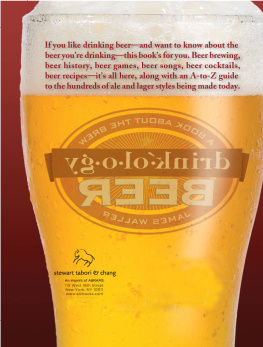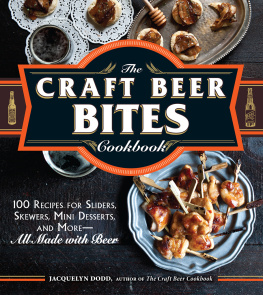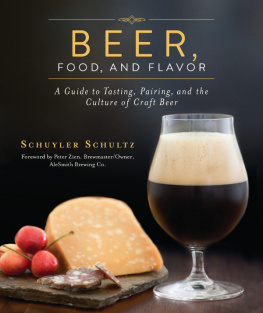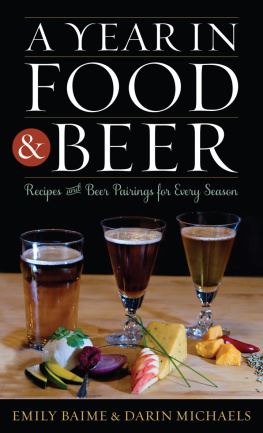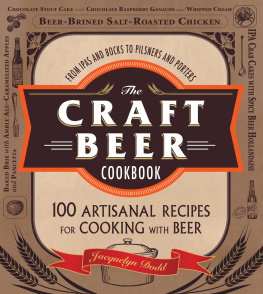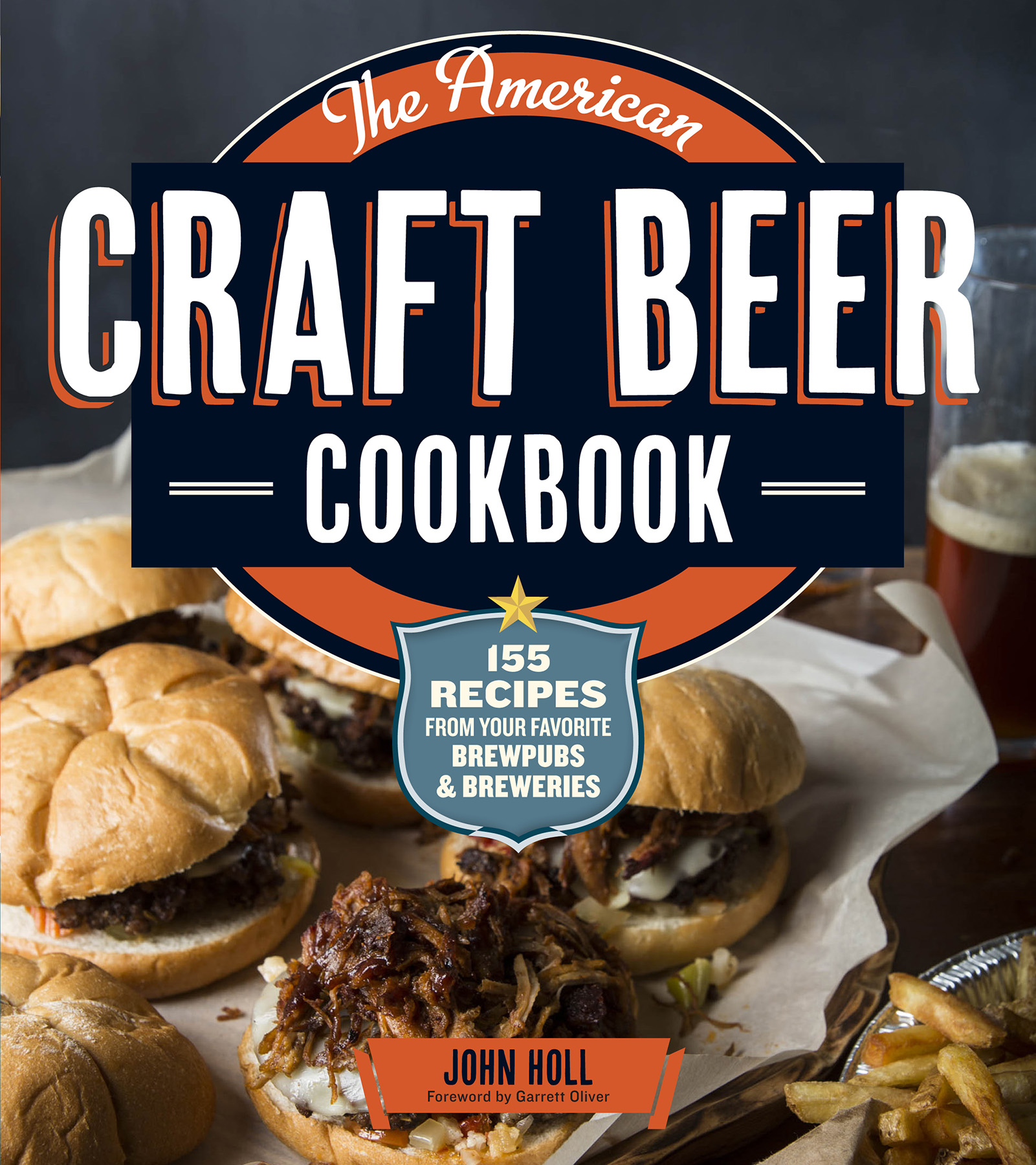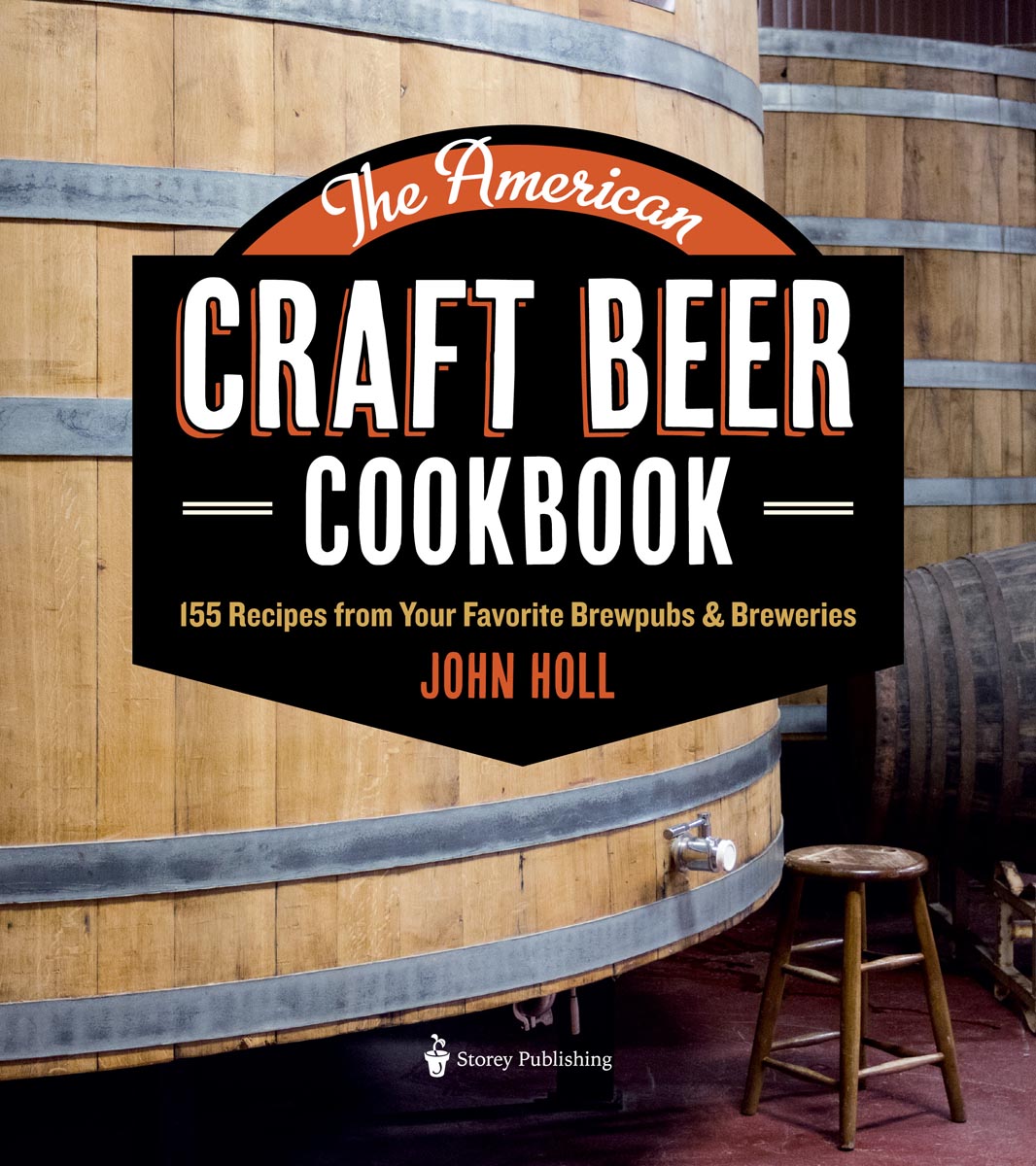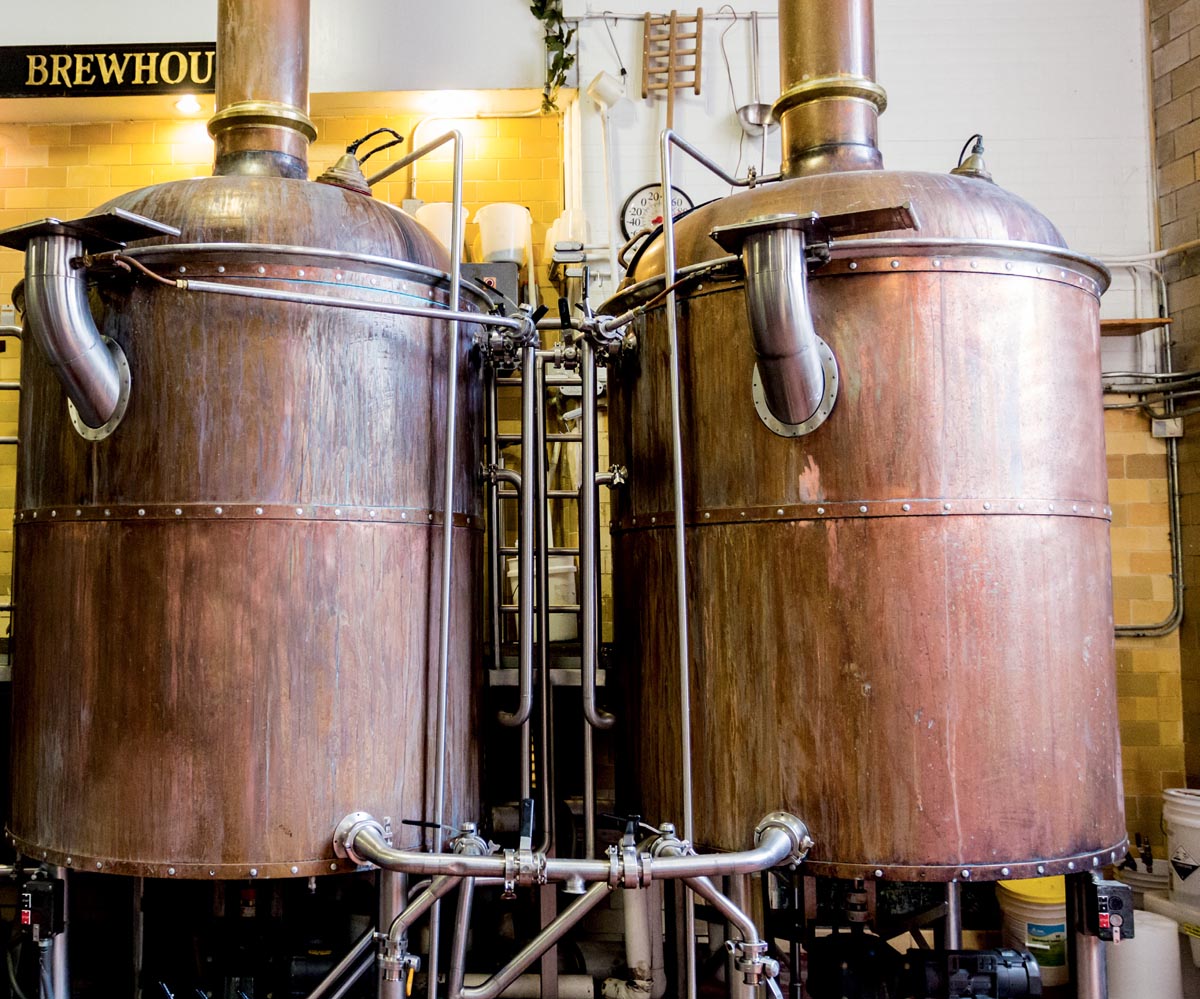For my father, John, who taught me the value of the written word, the importance of good food and drink, and the pleasure of great conversation with great company.
Contents
Foreword
What beverage is the most popular and diverse in the world, a superior accompaniment to great food, a lubrication to good fellowship, an anchor to robust health, a source of deliciousness celebrated by royalty and common people alike for centuries, and is perhaps even the spark that started civilization itself? All this and it often costs less than a fancy coffee at the corner shop?
If youre reading this, no doubt you know the answer. But beer has had a strange and twisting path into our collective glasses over the past hundred years. If you were in New York City in the year 1890, you would have seen the worlds most diverse food culture side-by-side with the most interesting beer culture in the world. Does that assertion surprise you? Think about it. Great American cities teemed with all the peoples of the world, and from their home countries they brought dozens of languages, thousands of recipes, and often a love for their native beers. So our immigrant nation made dozens of types of beer, brewed by thousands of American breweries. We had breweries specializing in porter, breweries that made their names in pale ales and India Pale Ales, breweries making ranges of new lager beers, breweries that aged all their beer in oak, breweries that brewed only Bavarian-style weissbier. And we also imported many of the great beers of Europe. We had everything. And then, slowly and carelessly, we lost it all.
Over the twentieth century we turned cheese into plastic, bread into a chemical sponge, and beer back into water. They called it progress, but something was missing: flavor. American food had become boring. Many people proudly said Im a meat and potatoes man, an intonation that was supposed to display a sort of all-American sturdiness blended with a distrust of fancy foreign pleasures. American beer became simple fizz, largely flavorless, another highly engineered modern food product, sparkling the most pallid yellow. By the 1980s, though, something began to stir. Our food started to become interesting again. Salsa overtook ketchup on American tables. Sushi went from the exotic restaurant to the airport, the supermarket, the campus, and the baseball stadium. And American beer came roaring back along with American food. Today, the United States can boast the most vibrant beer culture in the world. We have whole television channels dedicated to cooking. So the question is simple: weve got great beer and weve got great food how do we put them together and have a good time doing it?
This may be my favorite cookbook sentence of the year: This flavorful recipe is also fun to make, thanks to the blowtorch. John Holl is clearly a guy you want to hang out with. Our guide here is not only a knowledgeable beer enthusiast but also a reporters reporter, and he has traveled the countrys brewpubs and breweries to show you how much fun you can have with craft beer in your kitchen and at your dinner table. In a page or two per recipe, many of them sumptuously photographed, John lays out the preparation, a short story about the brewery and the people behind it, and a range of beers that will pair beautifully. With his book in your hands, you can go to the supermarket, the butcher, and the fishmonger and put together dozens of awesome beer dinners. Or you can make a quick and delicious dinner with a great beer pairing on an average Tuesday night. From Belgian Endive with Gruyre and Prosciutto, paired with a tripel, to Duck Chile Rellenos paired with a red IPA, this book leads you through a world of flavors both familiar and new. Even if youre already an avid cook and a craft beer fan, youre going to find a lot of things here to delight and surprise you.
Some people are puzzled when I tell them that brewing is much more like cooking than it is like winemaking. As a brewmaster, my nearest nonbrewing peers are chefs. Craft brewing, like cooking, is an act of expression and creation the brewer has an idea and then gathers ingredients together to create the beer he or she has dreamed up. As a result, craft beer can taste like sea air, like bananas, like ginger, like chocolate or coffee, like cherries, like rum, like virtually anything at all. This versatility gives beer vast superiority over other beverages when it comes to compatibility at the table. I love wine and many other drinks, but frankly, when it comes to food pairing, nothing compares to the range of flavor in craft beer.
Ten years ago I wrote a book about beer and food pairing. The book was supposed to have contained recipes, many of which Id gathered from some of the top chefs in the country. As the book stretched out to hundreds of pages, my editor told me that wed need to cut the recipes; the book had simply become too big. Over these past ten years, many people have asked me when I would put out a revised version of the book with the recipes restored. So here I want to thank John Holl for saving me thousands of hours of hard work now I dont need to go back to work on that book. John has gathered up even better recipes and done a splendid job, and Im ready to follow his lead. I suggest you do the same. I have a fridge full of fun beers, several good knives, a whisk, and a blowtorch its party time!
Garrett Oliver,
Brewmaster, The Brooklyn Brewery Editor-in-Chief, The Oxford Companion to Beer and author, The Brewmasters Table
Introduction
Beer has long lived in the shadow of wine. It is treated as a second-class citizen at many dinner parties, fine restaurants, and even casual meals. In the general consciousness of American dining, vino has received all the glory: its served in special glasses next to the dinner plate, writers devote countless pages to its characteristics, and it is the hostess gift of choice.
Fortunately that attitude has changed in recent years, thanks in part to the growth of the craft beer movement and increased educational writing about the beverage. Today, more than at any other time in the countrys history, we have access to a dizzying array of beer styles from professionals who know how to wield their ingredients.
I firmly believe that beer pairs better than wine with food.
Beer is so varied, so complex, and offers such a cornucopia of flavors that it finds ways to complement, contrast with, and elevate all cuisine from the lowly chip and dip to the most perfectly aged steak. There are so many different beer tastes that its actually more flexible than wine when it comes to creating the perfect pairing.
Dont believe me? What about spicy Thai takeout? Try an IPA. Butternut squash soup? A brown ale. Beef carbonade? A Flemish red ale. Oysters? A stout (trust me).
All these brews are appealing, all are flavorful, and all are completely removed from the bland light lagers that permeated the beer scene from the 1950s to the late 1980s. That was a period of time that also saw an ideological shift in our general approach to food we embraced a culture of convenience. Microwavable meals, McDonalds, Wonder Bread, and Velveeta became routine ingredients in our lives. They are cheap and tasty enough, and above all, they save time in our busy days.


